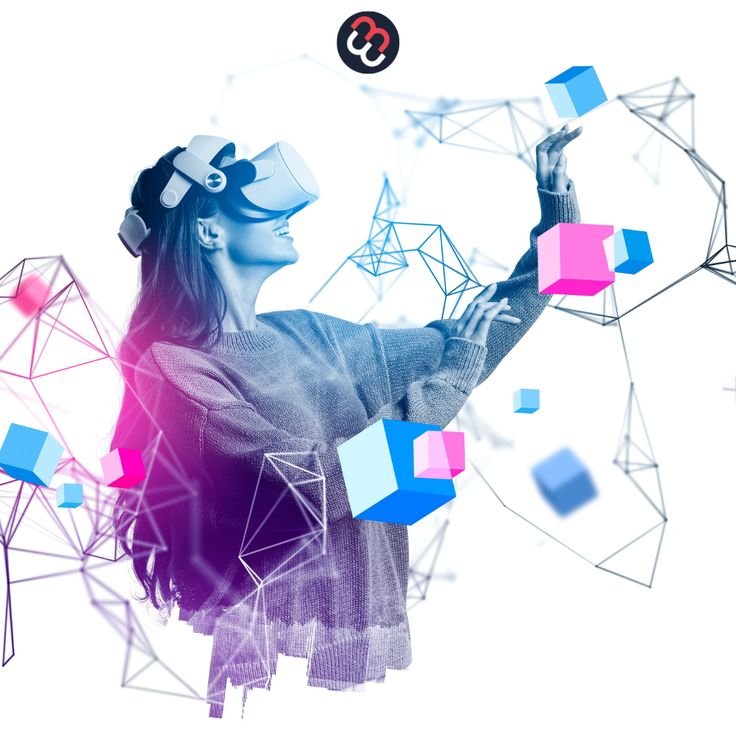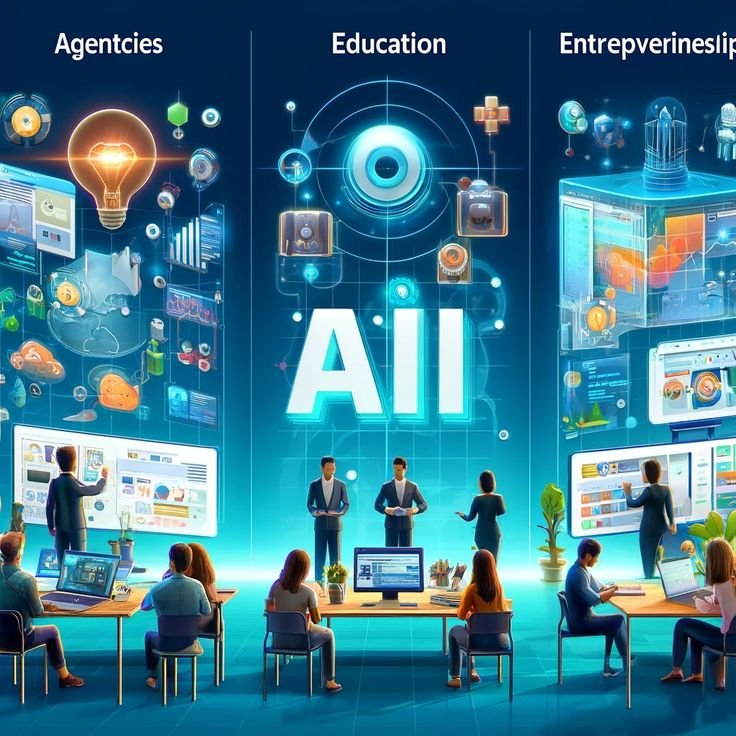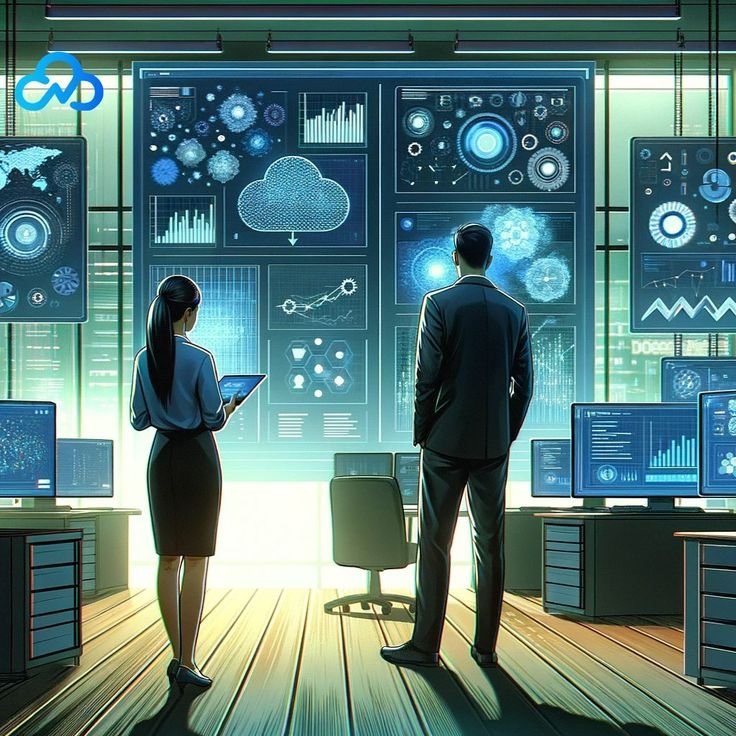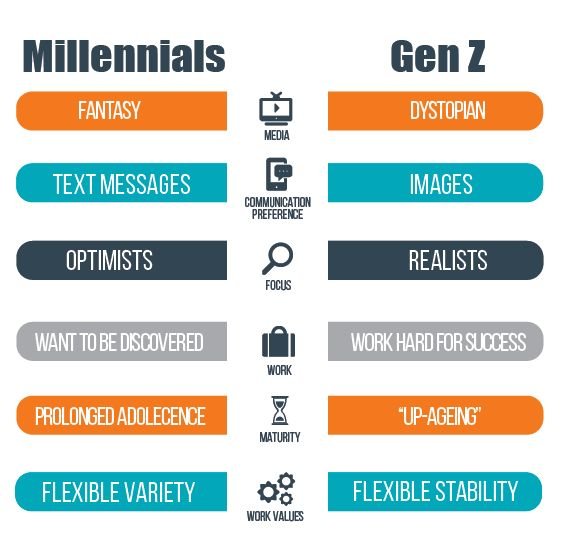Explore how the AI-driven metaverse is revolutionizing digital experiences in 2025. From immersive education and virtual healthcare to AI-powered retail and decentralized workspaces, discover how artificial intelligence and virtual reality are reshaping industries and human interaction. Learn about the integration of quantum computing, 5G, blockchain, and smart wearables that fuel this transformation. Understand the ethical challenges such as privacy, digital inequality, and mental health risks associated with this next-generation virtual world. This in-depth article delves into current advancements, sector-specific use cases, and the future potential of intelligent, immersive virtual ecosystems. Stay informed on trends, implications, and innovations defining the next digital era.

The Emergence of AI-Powered Metaverse: Shaping Virtual Life in 2025
In 2025, the virtual world is being transformed deeply with the metaverse powered by AI as a predominant force that is transforming how we socialize, work, and live. The fusion of artificial intelligence, virtual reality, and blockchain is not merely a fleeting trend but a revolution that has the potential to reshape our digital lives. The blog explores how the metaverse evolved, where it stands today, and what implications it holds for different industries in 2025.

Understanding the AI-Driven Metaverse
The metaverse, previously a hypothetical reality, is now reality itself. It is a shared virtual space, created by the intersection of virtually enhanced physical reality and physically persistent virtual reality. In 2025, it is driven by sophisticated artificial intelligence, which makes immersive, interactive, and personal experiences possible.

AI is the core component of the metaverse by:
Improving User Engagement: AI programs monitor user behavior to generate interactive environments that respond in real-time, delivering tailored experiences.
Building Intelligent Avatars: AI avatars have the capability to simulate human emotions and gestures, enabling more natural engagement within virtual worlds.
Streamlining Content Generation: AI equipment helps create virtual worlds, objects, and environments, saving time and money on manual creation.
Securing Moderation: AI systems patrol virtual spaces to identify and discourage iniquitous actions, providing secure areas for users.

Pivotal Trends in the AI-Driven Metaverse
Some trends in 2025 indicate increasing prominence of the AI-driven metaverse:
Integration of Quantum Computing: Quantum computing is accelerating the computational capabilities of AI systems in the metaverse, supporting increasingly complex simulations and real-time interaction. The strength of this development is most evident within sectors such as healthcare and logistics, in which AI models demand vast computational resources.
5G and Beyond Expansion: The large-scale deployment of 5G networks is offering the bandwidth needed to enable seamless connectivity in the metaverse. It provides the high-quality virtual experiences such as gaming and remote work through lowering latency and raising data transmission speed.
Explosion of Wearables and Smart Devices: The popularity of wearables, like AR glasses and haptic suits, is increasing user immersion in the metaverse. They enable users to interact in virtual worlds with higher realism, making the physical and digital worlds seem indistinguishable.
Emergence of Decentralized Platforms: Blockchain technology is facilitating the development of decentralized metaverse platforms, where individuals own and control their digital property. This is encouraging transparency and trust in virtual economies.

Implications across Multiple Sectors
The metaverse that is AI-driven is affecting various sectors in 2025:
Education: Virtual schools and universities are now the norm, providing immersive learning that is not limited by geography. AI teaching guides offer one-on-one instruction, adjusting for the unique learning styles and speed of each student.
Healthcare: Telemedicine and remote health consultations are optimized with the use of AI simulations, enabling better diagnoses and treatment options. Physicians can rehearse procedures in virtual space before using them in the real world.
Retail: Virtual malls allow customers to browse in immersive spaces, experience goods virtually before buying. AI assistants navigate customers through customized shopping journeys, increasing satisfaction.
Entertainment: The gaming sector is seeing the development of vast virtual worlds based on AI, with dynamic storytelling and interactive gameplay. Concerts and events take place in virtual venues, open to an international crowd.
Workplace: Remote work is changing with virtual workplaces and shared spaces in the metaverse. AI software assists in managing projects, communicating, and coordinating between teams to enable productivity in virtual workplaces.

Challenges and Ethical Issues
Although promising, the AI-powered metaverse also poses some challenges:
Privacy and Data Security: Gathering huge quantities of individual data creates issues regarding user privacy and data protection. Secure storage and use of data are critical.
Digital Divide: Entry into the metaverse demands high technology and internet access, which may shut out people in disadvantaged areas from taking part in virtual economies.
Mental Health: Excessive exposure to virtual worlds can cause problems like digital dependency and social loneliness. Balancing virtual and actual interactions is very important for one’s mental health.
Regulation and Governance: The development of frameworks to regulate activities within the metaverse, such as intellectual property rights, content moderation, and dispute resolution, will be important to ensure order and equity.

The Future Outlook
In the future, the metaverse powered by AI is set to evolve further:
Increased Interoperability: Work is in progress to develop standards enabling different platforms of the metaverse to communicate easily with each other, allowing users to travel between virtual spaces seamlessly.
Integration of Next-Generation AI Models: Integration of more advanced AI models will result in even more immersive and responsive virtual worlds, which will be contributing to better user experiences.
Attention to Sustainability: As the metaverse expands, there will be a focus on sustainable methods, such as energy-efficient data centers and environmentally friendly virtual asset production.
Inclusive Design: Creators are making accessibility a priority, so virtual environments are accessible to people with disabilities and serve the needs of diverse users.

Conclusion
The AI-based metaverse of 2025 is a major step in our digital transformation. By bringing together virtual reality and artificial intelligence, it is designing interactive, immersive, and customized experiences that are revolutionizing industries. Although obstacles still exist, the continuous developments and attention to ethical implications ensure that a time will come when the metaverse can peacefully coexist with our reality, providing new grounds for interaction, innovation, and development.


















+ There are no comments
Add yours